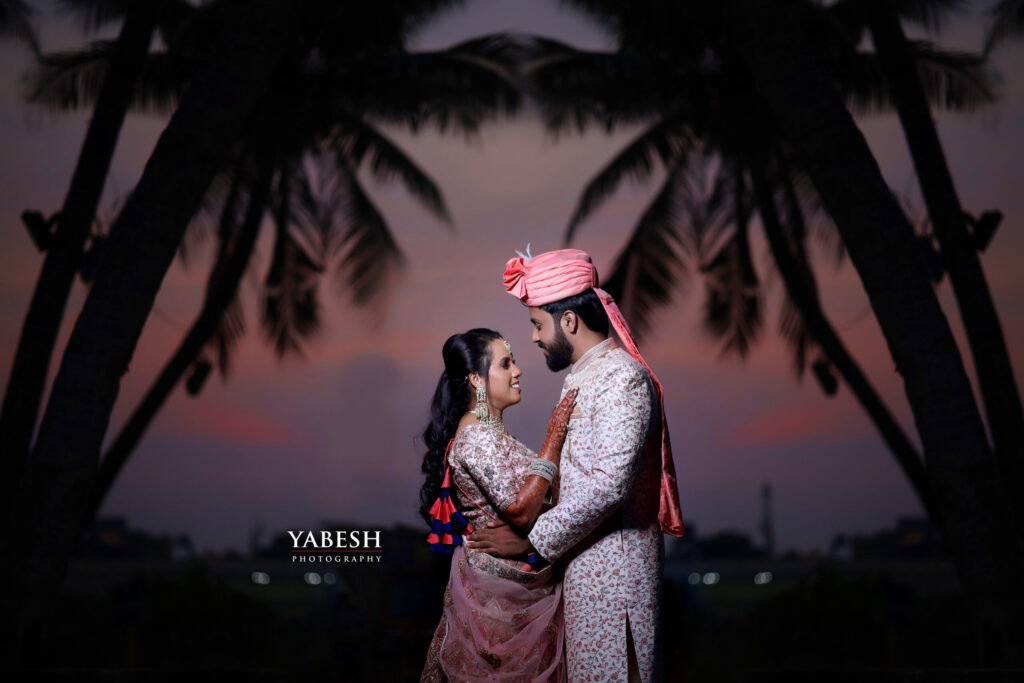Introduction:
In Muslim wedding photography, capturing the essence of tradition, culture, and love is essential. This article is a comprehensive guide that provides useful tips and insights on capturing the most memorable moments from Muslim weddings. With proper planning, creativity, and attention to detail, photographers can create breathtaking albums that couples will cherish forever.
Understanding Muslim Wedding Traditions
Before diving into the world of Muslim wedding photography, it’s essential to understand the customs and traditions involved. Muslim weddings, also known as ‘Nikah,’ are rich in culture and religious practices, varying between countries and communities. Key events in a Muslim wedding include the engagement ceremony, the Mehendi ceremony, and the Walima reception. By familiarizing yourself with these events, you can ensure that your photographs accurately reflect the essence of the occasion.
Pre-Wedding Consultation and Planning
A successful Muslim wedding photography session begins with a thorough pre-wedding consultation. During this meeting, discuss the couple’s expectations, their vision for the wedding album, and any specific cultural or religious customs they would like to be captured. This consultation lets photographers get acquainted with the couple, understand their personalities, and help them feel at ease during the photo sessions.
Choosing the Right Equipment
Selecting the right equipment is vital for capturing stunning Muslim wedding photographs. Invest in a high-quality DSLR or mirrorless camera and various lenses such as wide-angle, telephoto, and prime lenses. A tripod, external flash, and reflectors can also enhance the quality of your images. Ensure you have backup equipment, extra batteries, and memory cards to avoid technical issues on the big day.
Capturing the Essence of the Ceremony
Muslim wedding ceremonies are often filled with vibrant colours, intricate details, and heartfelt emotions. As a photographer, it’s essential to capture these elements in your images:
Bride and Groom Portraits: Focus on capturing the unique features of the bride’s and groom’s attire, including their jewellery, henna designs, and accessories.
Candid Moments: Capture the unscripted, genuine emotions of the couple, their families, and guests. These images often turn out to be some of the most treasured memories.
Key Events: Ensure that you photograph important moments such as the exchange of vows, the signing of the marriage contract, and the couple’s first moments as a married couple.
The Importance of Lighting
Lighting plays a crucial role in creating stunning Muslim wedding photographs. Experiment with natural, artificial, and a combination of both to achieve the desired effect. Understand the importance of golden hour photography, and utilize it to capture magical outdoor shots. When shooting indoors, use reflectors and diffusers to soften harsh lighting and create a flattering glow.
Post-Processing and Delivering the Final Product
After the wedding, it’s time to sort, edit, and compile the images into a beautiful album. Use professional editing software to enhance the images’ colours, contrast, and sharpness. Apply consistent editing styles to maintain a cohesive look throughout the album. Once the editing process is complete, promptly deliver the final product to the couple, and provide them with digital and physical copies of their cherished memories.
Conclusion:
Muslim wedding photography is a unique and rewarding niche that requires understanding cultural nuances, creativity, and technical expertise. Following the tips outlined in this article, photographers can create stunning, timeless albums that celebrate Muslim weddings’ love, tradition, and beauty. You can turn these unforgettable moments into lasting ones with careful planning, dedication, and passion.

